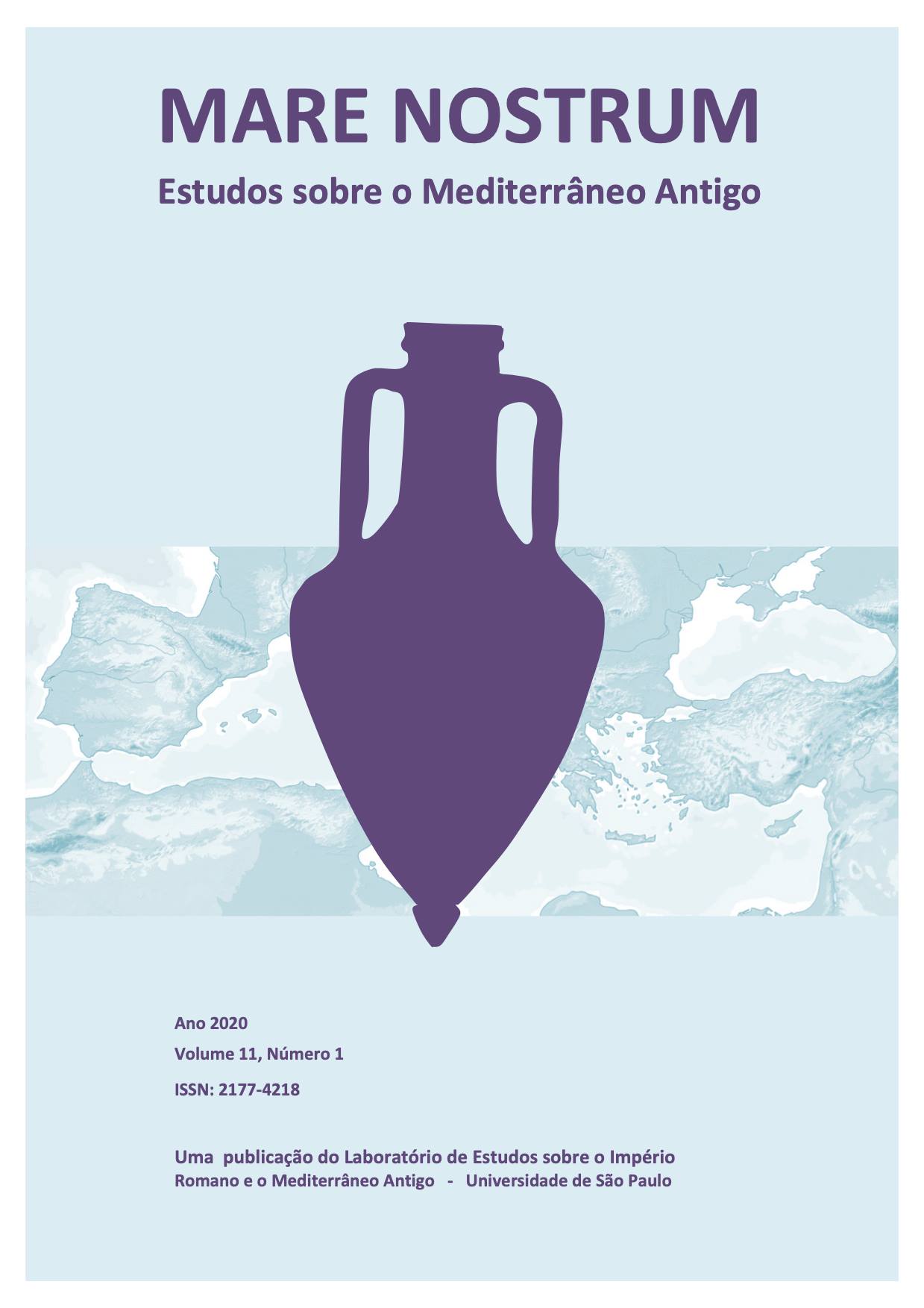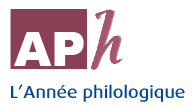Representation and power: the woman who spoke through Apollo in Herodotus' Histories
DOI:
https://doi.org/10.11606/issn.2177-4218.v11i1p159-178Keywords:
Gender history, War, HerodotusAbstract
The Histories, written in the fifth century BCE by Herodotus of Halicarnassus is the only work of the so-called “Father of History” that has reached the contemporary times. The author lived between c. 480-425 BCE. In Histories, he addressed much more than the Graeco-Persian Wars, whose reports are the most substantial throughout history. In this context, Herodotus described the actions of Greek and Persian women as war advisers for their husbands and / or other male characters. According to his text, we argue that the Greek author believed that Greek and Persian women were equal in their performance: maintainers of the socio-political order. We analyze how the current scholarship has understood the feminine in Herodotus’ work, based on the seer Pitia case study.
Downloads
References
Heródoto. (1988). Histórias. (M.G.Kury, trad., introd. e notas) (2ªed). Editora Universidade de Brasília.
Heródoto. (2015). Histórias. (M.A.O.Silva, trad., introd. e notas). EDIPRO.
Heródoto.(1920). In Godley,A.D. (trad.) Herodotus: The Histories. Harvard University Press.
Amaral, A.L. (1994). Duas Rainhas em Heródoto: Tómiris e Artemísia. Humanitas, v.46. Andrade, M.M. (2001).“A cidade das mulheres”: cidadania e alteridade feminina na Atenas Clássica.LHIA.
Andrade, M.M. (2003). Atenas uma cidade para as mulheres. LHIA.
Aniceto, B. A. (2017). As relações de gênero em Aristófanes: um estudo das esposas legítimas na sociedade ateniense (Sécs. V-IV aC). [Dissertação de Mestrado, UNESP]. Block, J. (2002). Women in Herodotus Histories. In Egbert, J.,Bakker, I.J. F. J.,&Hans van Wees B,l (eds). Companion to Herodotus(225–242).Brill.
Carrilho, S. M. M. (2013). Representações do Feminino nas histórias de Heródoto. [Dissertação de Mestrado,Universidade de Coimbra].
Dewald, C. (1981). Women and culture in Herodotus' Histories.Women's Studies: An Interdisciplinary Journal8(1–2),93–127.
Dominick, Y. H. (Dec., 2007). Atossaand Instability in Herodotus. The Classical Quarterly, New Series, 57(2), 432–444.
Goodwater, L. (1975). Women in antiquity: an annotated bibliography. Scarecrow Press.
Isabela Torres. Representação e poder.
Flower, M.(2008). The seer in ancient Greece. University of California Press.
Hartog, F. (2014). O espelho de Heródoto: ensaio sobre a representação do outro. Editora UFMG.
Junqueira, N. J. (2011). Imagens da Mulher Grega: Heródoto e as pinturas em contrate. [Tese de doutorado, Universidade Estadual Paulista].
Kuhrt, A. (2001). Women and War. Journal of Gender Studies in Antiquity, 2, 1–27.
Loraux, N. (1997). The experiences of Tiresias –The feminine and the greek man. Princeton University Press.
Mitchell, L. (2019). Women in war and peace in Archaic and Classical Greece. Lecture. Museu de Arqueologia e Etnologia da Universidade de São Paulo.
Mitchell, L. (2020). Peace, War and Gender. In:AGER, S. (ed.). A Cultural History of Peace. Bloomsbury.
Mosse, C. (1990). La mujer en la Grecia clássica. NEREA.
Munson, R.V. (Apr., 1988). Artemisia in Herodotus. Classical Antiquity, 7(1), 91–106.
Parke, H. W.&Wormell, D. E. W. (1956). The Delphic Oracle: (Vol. 1). The History. Blackwell.
Pomeroy, S. B. (1973). Selected Bibliography on women in Antiquity.Arethusa.6, (1), Women In Antiquity, 127–157.
Downloads
Published
Issue
Section
License
Copyright (c) 2020 Isabela Casellato Torres

This work is licensed under a Creative Commons Attribution 4.0 International License.
Responsibility for the content published by Mare Nostrum rests exclusively with the author(s) of such content.
The reproduction of the texts published by Mare Nostrum is licensed according to Creative Commons license Attribution-NonCommercial 4.0 International (CC BY-NC).
Authors who publish with this journal agree to the following terms:
- Authors retain copyright and grant the journal right of first publication with the work simultaneously licensed under a Creative Commons Attribution License that allows others to share the work with an acknowledgement of the work's authorship and initial publication in this journal.
- Authors are able to enter into separate, additional contractual arrangements for the non-exclusive distribution of the journal's published version of the work (e.g., post it to an institutional repository or publish it in a book), with an acknowledgement of its initial publication in this journal.
- Authors are permitted and encouraged to post their work online (e.g., in institutional repositories or on their website) prior to and during the submission process, as it can lead to productive exchanges, as well as earlier and greater citation of published work (See The Effect of Open Access).









